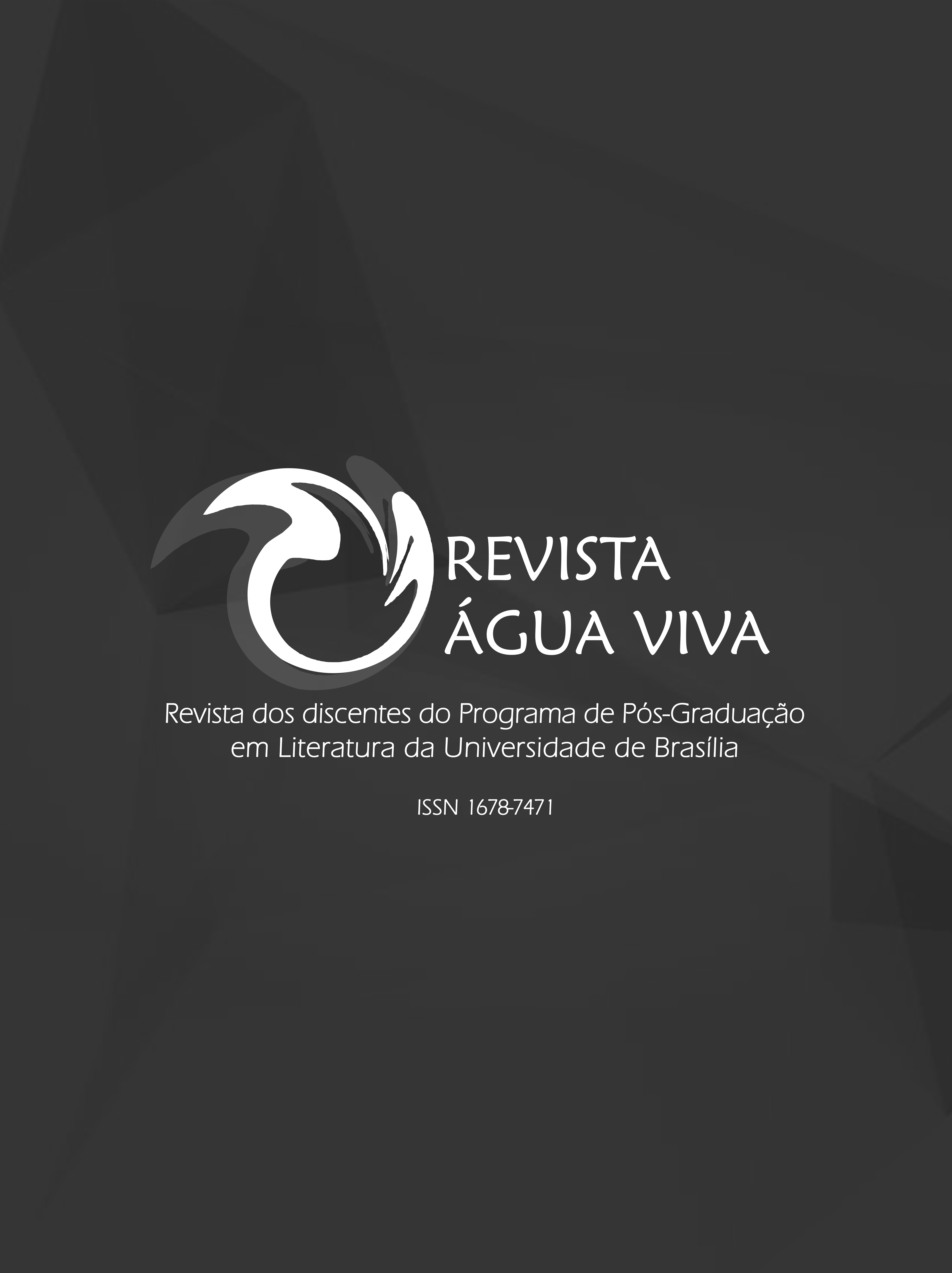MARIE-CATHERINE D’AULNOY: A PRECURSORA DE UM GÊNERO LITERÁRIO
DOI:
https://doi.org/10.26512/aguaviva.v6i2.38290Keywords:
fairy tale, madame d'aulnoy, charles perrault, female authorshipAbstract
The fairy tale, as we know it today in terms of structure and narratological elements, acquired definitive literary form on French territory between the 17th and 18th centuries. The specialized literary criticism (BACKSCHEIDER, 2013; HAASE, 2008; SCHACKER, 2015; SERMAIN, 2005; ZIPES, 2012) attributes to Marie-Catherine Le Jumel de Barneville, Madame d’Aulnoy, both the creation of the term “fairy tale” (conte de fées) and the authorship of the first literary fairy tale, “The Island of Happiness” (L’Île de la Félicité), in 1691. This article aims to broadcast the life and literary work of Marie-Catherine d’Aulnoy, an author who remains out of the canon of the genre inaugurated by her, as well as establishing an updated critical reception proposal.
Downloads
References
ADAMS, D. J. The ‘Contes de Fées’ of Madame d’Aulnoy: Reputation and Re-evaluation. Bulletin of the John Rylands University Library of Manchester, v. 76, n. 3 (autumn 1994): 5-22.
BACKSCHEIDER, Paula R. Elizabeth Singer Rowe, and the Development of the English Novel. Baltimore: Johns Hopkins University, 2013.
BOTTIGHEIMER, Ruth. Sobre a Natureza dos Contos de Fadas: Entrevista com Ruth Bottigheimer. Literartes, [S. l.], v. 1, n. 12, p. 44-70, 2020. Disponível em: <https://www.revistas.usp.br/literartes/article/view/176347>. Acesso em: 14 jan. 2021.
CANTON, Katia. Conversa de Madame: Perrault nos Salões Franceses. São Paulo: Editora DCL, 1997.
CANTON, Katia. E o príncipe dançou... O conto de fadas, da tradição oral à dança contemporânea. São Paulo: Editora Ática, 1994.
COELHO, Nelly Novaes. O Conto de Fadas. São Paulo: Editora Ática, 1991.
COELHO, Nelly Novaes. O conto de fadas: Símbolos, mitos, arquétipos. São Paulo: Paulinas, 2016.
COELHO, Nelly Novaes. Panorama histórico da literatura infantil-juvenil: das origens indoeuropéias ao Brasil contemporâneo. São Paulo: Quíron, 1985.
FOULCHÉ-DELBOSC, R. “Introduction”. In: AULNOY, Marie-Catherine. Travels into Spain. Londres: George Routledge & Sons, 1930.
GÓES, Lúcia Pimentel. Introdução à literatura para crianças e jovens. São Paulo: Paulinas, 2010.
HAASE, Donald. The Greenwood Encyclopedia of Folktales and Fairy Tales: A-F. Portsmouth: Greenwood Publishing Group, 2008.
LANG, Andrew (ed.). The olive fairy book. London: Longmans, Green and Co., 1907.
LESLIE, Cassia; VENTURA, Susana. Na Companhia de Bela: Contos de fadas por autoras dos séculos XVII e XVIII. Londrina: Florear Livros, 2019.
MELLO E SOUZA, Laura. A Feitiçaria na Europa Moderna. São Paulo: Ática, 1987.
PERRAULT, Charles. Le Siècle de Louis le Grande. Paris: 1687. Disponível em: <https://gallica.bnf.fr/ark:/12148/bpt6k108214v/f1.image>. Acesso em: 14 jan. 2021.
RAYNARD, Sophie Gabrielle. Preciosity and representations of the feminine in fairy tales from Charles Perrault to Mme Leprince de Beaumont. Nova York: Columbia University: 1999.
RUIZ, Regina C. Contos de Fadas: um diálogo pelas vias da Arte: Entrevista com Katia Canton. Literartes, [S. l.], v. 1, n. 12, p. 32-43, 2020. Disponível em: <https://www.revistas.usp.br/literartes/article/view/176130>. Acesso em: 14 jan. 2021.
SCHACKER, Jennifer. Feathers, Paws, Fins, and Claws: Fairy-Tale Beasts. Detroit: Wayne State University Press, 2015.
TAINE, Hippolyte. Essais de Critique et d’Histoire. 3ª ed. Paris: Librairie Hachette & Co., 1874.
TOLKIEN, J.R.R. Sobre histórias de fadas. Tradução de Ronald Kyrmse. 2ª ed. São Paulo: Conrad, 2010.
ZIPES, Jack. Contos de fadas: a esperança que ecoa do “Era uma vez...”: Entrevista com Jack Zipes. Literartes, [S. l.], v. 1, n. 11, p. 13-26, 2019. Disponível em: <https://www.revistas.usp.br/literartes/article/view/165176>. Acesso em: 14 jan. 2021.
ZIPES, Jack (ed.). The complete first edition: The original folk and fairy tales of the Brothers Grimm. Oxford/Princeton: Princeton University Press, 2014.
Downloads
Published
How to Cite
Issue
Section
License
Copyright (c) 2021 Revista Água Viva

This work is licensed under a Creative Commons Attribution-NonCommercial-NoDerivatives 4.0 International License.
Direitos Autorais para artigos publicados nesta revista são do autor, com direitos de primeira publicação para a revista. Em virtude da aparecerem nesta revista de acesso público, os artigos são de uso gratuito, com atribuições próprias, em aplicações educacionais e não-comerciais.













